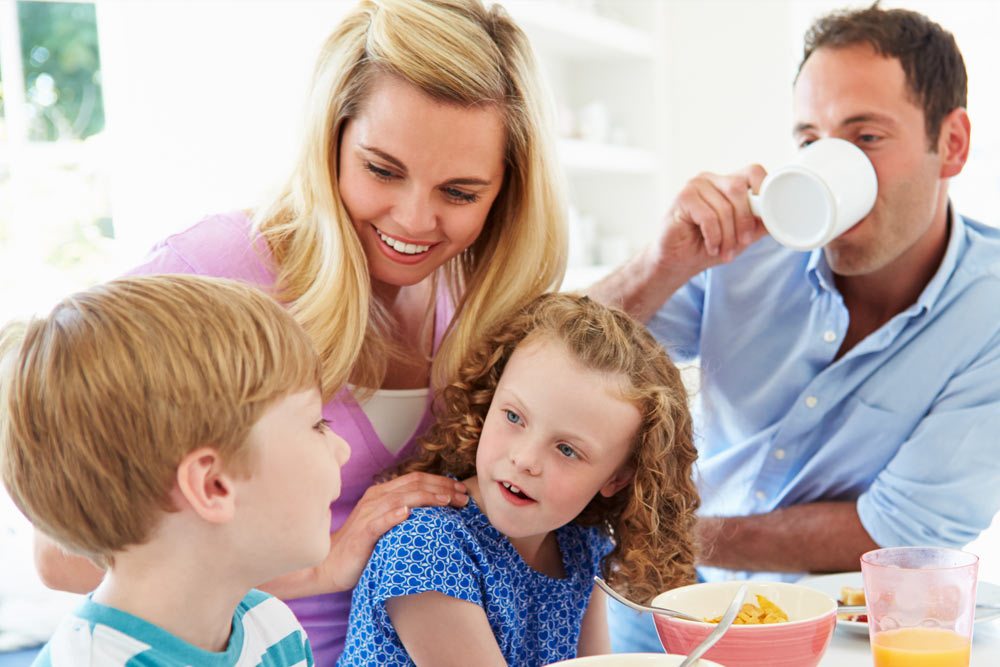

People have practiced mindfulness for thousands of years. The benefits of it include reduced stress, lower blood pressure, and an improved ability to regulate emotions.
If you’re ready to give mindfulness a try, there are simple methods that let you introduce mindfulness to the whole family. Keep reading to get some practical ideas that may help every person in your household make mindfulness a regular activity for the rest of their lives.
1. Start Small And Stick Together
One great way to get everyone on board with mindfulness is to give a friendly challenge in which the whole household participates. For example, one major part of mindfulness involves paying extra-close attention to a bodily function, such as breathing, or one of the five senses, such as the sense of hearing.
Encourage your family to participate in a specific mindfulness activity every day for a designated amount of time throughout a whole week. If everybody commits to doing a small but meaningful mindfulness activity together, it’s more likely that all will want to learn other techniques.
2. Be A Mindfulness Model
It’s especially likely that your kids will want to join you in practicing mindfulness if they notice positive changes about your personality or the way you handle things. Be a great role model, even if that means making a point of practicing mindfulness in obvious ways while in full view of your kids. Natural curiosity may make them want to give it a try before you even bring up the possibility.
3. Create A Special Corner For Mindfulness
People who are experienced at practicing mindfulness can do it almost anywhere and anytime. However, beginners usually find it easier to get the hang of things when they have a specific area designed for making the transition to a more mindful state.
Consider designating a certain corner of the room for mindfulness to help people get in the mood. Yours might include a comfy chair, soft lighting or a yoga mat.
4. Practice On A Schedule
People are generally creatures of habit, meaning it’s comfortable for them to have routines, and generally easier for people to adopt new habits after building them into existing routines. Decide on a certain time every day for people to practice mindfulness in your home.
Many families like to do it at bedtime, because it helps create a peaceful atmosphere. However, depending on preferences, you may prefer to get into the routine of trying it after work and school or the first thing in the morning.
5. Cultivate A Culture Of Gratitude
If you’re like many families, you feel especially grateful at Thanksgiving, when everyone is gathered around the table and surrounded by delicious foods. However, there are opportunities to be thankful every day and they should be capitalized upon.
Take at least a minute before doing daily tasks, such as brushing your teeth, getting dressed or making dinner, and pause to reflect about how grateful you are for all you have. Having that attitude should cause a ripple effect around your household and make everyone aware of how thankful they are for all that life gives.
6. Discuss Your Experiences
The process of learning mindfulness is different for everyone. That’s why it’s often so useful to talk about how things are going at least once a week. Ideally, you and your family members will be able to help each other through challenges and celebrate improvements while learning mindfulness.
You can also encourage people to bring up specific instances where they relied on mindfulness and found it to be helpful when dealing with a situation.
You’ve just learned several easy ways to incorporate mindfulness into the daily routine for your household. Even though you can’t expect everyone to be experts in mindfulness right away, deciding to make the practice a regular part of your lifestyle could go a long way toward creating a better atmosphere.

